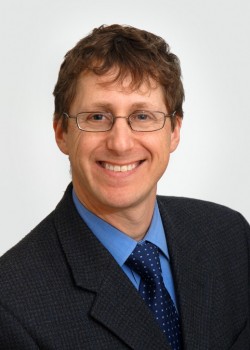Study Identifies Improved Method for Assessing Endoscopists’ Skills
Researchers from Boston University School of Medicine (BUSM) and Boston Medical Center (BMC) have published a study identifying a better method for grading endoscopists, physicians who perform colonoscopies. Their findings were recently published online in the journal Gastrointestinal Endoscopy.

Through screening colonoscopies, endoscopists are able to identify and remove pre-cancerous adenomas, ultimately reducing the rate of colon cancer. A high adenoma detection rate (ADR) is associated with fewer interval colorectal cancers, and the ADR is currently used to grade endoscopists on how well they perform colonoscopies. It is an imperfect measure, however, and up until now, no one has determined how many colonoscopies an endoscopist must perform before a reliable ADR can be calculated.
To address this issue, researchers reviewed data from a group of 1,110 patients who underwent screening colonoscopy at BMC. The researchers applied the use of the confidence interval, a well-known statistical tool, to develop a more precise method of calculating the ADR. They also found that an endoscopist must perform at least 500 colonoscopies before their ADR can be calculated in a reliable way.
“The ADR has been the gold standard quality measure for deciding if someone who performs a colonoscopy does a good job,” says study co-author Brian Jacobson, MD, associate professor of medicine at BUSM and gastroenterologist at BMC. “However, reporting just a point estimate ADR without confidence intervals has real limitations in terms of how to interpret the information.”
How might this new method of calculating the ADR be used? Jacobson predicts with “100 percent certainty” that this new ADR calculation will be used by groups who use the ADR to assess physicians. With quality indicators becoming more important under the Affordable Care Act, the Centers for Medicare and Medicaid Services may use the new ADR calculation to grade and pay physicians.
Submitted by Jessica Hurst, MD.